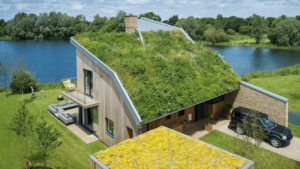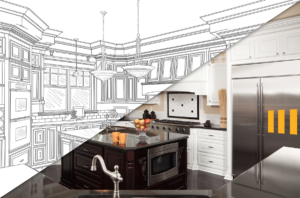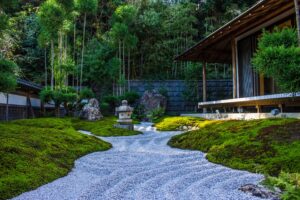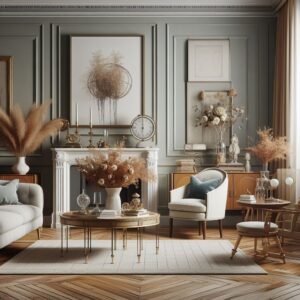Exploring Timeless Trends: Classic Design Principles for Contemporary Home Decorating
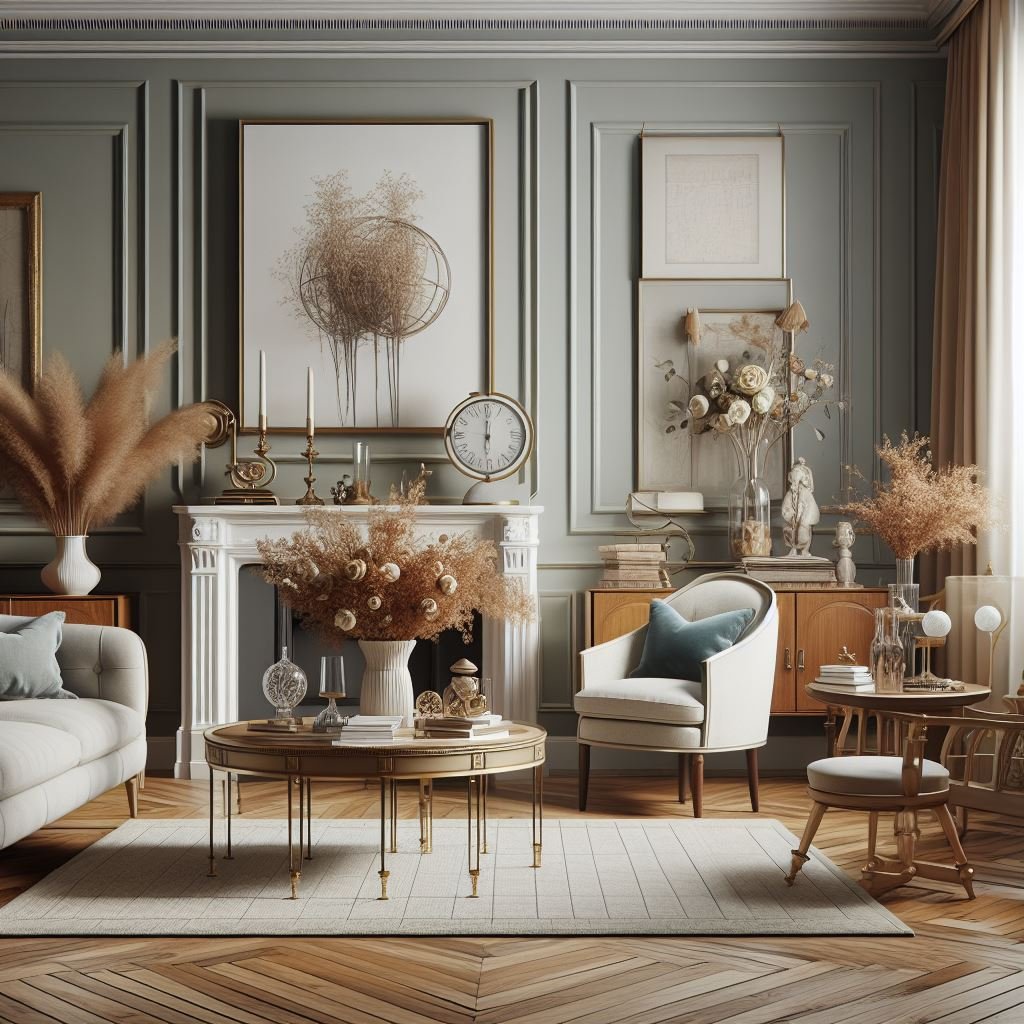
In the ever-evolving landscape of fashion, certain principles stand the test of time, offering a timeless elegance that transcends fleeting trends. When it comes to curating your wardrobe, embracing classic styles can infuse your attire with sophistication and grace, ensuring a lasting appeal that never goes out of style. Whether it’s a crisp white shirt, a well-tailored blazer, or veteran apparel that exudes a sense of history and honor, incorporating these timeless pieces into your wardrobe adds depth and versatility to your fashion repertoire. In this article, we delve into the essence of timeless trends, exploring the foundational elements of classic design and how they can be seamlessly integrated into contemporary fashion choices.
Harmony in Symmetry
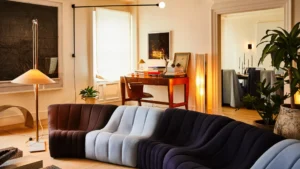
Symmetry lies at the heart of classic design, creating a sense of balance and order that exudes a timeless charm. In the realm of home decorating, incorporating symmetry can lend a feeling of coherence and refinement to any space. Whether through perfectly matched furniture arrangements or symmetrical patterns and motifs, achieving visual balance enhances the overall aesthetic appeal of your home.
Symmetry extends beyond mere mirroring; it involves thoughtful placement and proportion. For instance, pairing identical pieces of furniture on either side of a room or mantelpiece can create a sense of equilibrium. Additionally, incorporating symmetrical accessories, such as matching lamps or artwork, can further enhance the harmonious atmosphere of your living space.
Just as classic design principles provide a framework for creating stylish interiors, M&A business advisors offer strategic guidance to businesses, ensuring their operations align with long-term goals and objectives.
Moreover, symmetry can be integrated into architectural elements, such as windows, doors, and moldings. Embracing balanced proportions in architectural design contributes to the overall coherence of your home’s interior, fostering a sense of timeless elegance that transcends passing fads.
Elegance in Simplicity
Simplicity is another hallmark of classic design, emphasizing clean lines, understated elegance, and a refined aesthetic. In contemporary home decorating, adopting a minimalist approach can elevate your space, allowing key design elements to shine without unnecessary clutter or distraction.
Denver limo services provide a luxurious and convenient transportation option for homeowners looking to explore timeless trends in home décor, allowing them to visit furniture stores, interior design boutiques, and architectural landmarks with ease.
When embracing simplicity in home decor, focus on quality over quantity. Choose furnishings and accessories with clean, uncluttered lines that exude sophistication and restraint. Opt for neutral color palettes, such as whites, creams, and soft grays, to create a sense of tranquility and serenity within your home.
Furthermore, simplicity extends to the arrangement of furniture and decor. Embrace open spaces and avoid overcrowding your rooms with unnecessary objects. Allow each piece to breathe and make a statement on its own, fostering a sense of calm and balance throughout your living space. For an added touch of whimsy, consider incorporating unique elements like ice cream cone edibles into your decor, bringing a playful twist to your space.
By embracing the elegance of simplicity in your home decorating endeavors, you can create a sanctuary that transcends fleeting trends, embodying a timeless sophistication that resonates for years to come.
Luxury in Detail
Detail is where the magic of classic design truly shines, infusing spaces with a sense of luxury, richness, and depth. In contemporary home decorating, paying attention to intricate details can elevate your interior design scheme, adding layers of visual interest and texture. Vehicle air conditioning repair in Toronto is essential for maintaining comfort during the hot summer months.
Consider incorporating ornate moldings, trim work, and architectural details into your home decor to create a sense of grandeur and opulence. Crown molding, chair rails, and wainscoting can add a touch of old-world charm to modern interiors, evoking a sense of timeless elegance.
Moreover, pay attention to the quality of materials and finishes used throughout your home. Opt for luxurious fabrics, such as silk, velvet, and cashmere, to add warmth and texture to your living spaces. Invest in high-quality furnishings and accessories that exude craftsmanship and refinement, elevating the overall aesthetic of your home.
When applying classic design principles to contemporary home decorating, homeowners often prioritize the selection of high-quality house windows in New Jersey to enhance both aesthetics and functionality.
Additionally, don’t overlook the power of accessories to enhance the luxury of your space. Incorporate statement pieces, such as chandeliers, mirrors, and artwork, to create focal points that command attention and admiration. By infusing your home with exquisite details, you can create a luxurious sanctuary that embodies the timeless allure of classic design.
Innovative Adaptations: Modernizing Classic Design Elements

As the world of interior design continues to evolve, designers are constantly finding new ways to reinterpret and modernize classic design elements. In this section, we explore innovative adaptations of traditional design principles, from updated color palettes to contemporary takes on timeless motifs. By infusing classic design elements with a fresh perspective, homeowners can create spaces that feel both timeless and relevant to today’s aesthetic sensibilities.
A dumpster rental in Windsor can play a crucial role in home renovation projects, helping homeowners maintain cleanliness and organization during the decorating process.
One approach to modernizing classic design elements is through the use of color. While traditional design often favors neutral palettes and muted tones, contemporary interpretations may introduce bold pops of color or unexpected combinations to inject a sense of vibrancy and personality into a space. By playing with color in unexpected ways, designers can breathe new life into classic design motifs, creating interiors that feel both familiar and exciting.
Another way to update classic design elements is through the use of materials and textures. While traditional interiors may feature rich woods, plush fabrics, and ornate finishes, modern interpretations may incorporate sleek metals, industrial-inspired materials, and minimalist textures for a more contemporary look and feel. By juxtaposing different materials and textures, designers can create visual interest and depth within a space while maintaining a sense of timeless elegance.
Just as classic design principles stand the test of time, proper solar panel maintenance in Hillsborough ensures the long-term efficiency and performance of your renewable energy system.
Harmonizing Tradition and Innovation: Blending Old and New
In today’s design landscape, there is a growing appreciation for the art of blending old and new, tradition and innovation. In this section, we explore the concept of harmonizing traditional design elements with modern influences, creating spaces that feel both timeless and of the moment. By striking a balance between the past and the present, homeowners can create interiors that reflect their unique personalities while honoring the rich legacy of classic design.
One way to harmonize tradition and innovation is through the careful selection and curation of furnishings and accessories. By pairing vintage pieces with contemporary accents, homeowners can create layered, eclectic interiors that tell a story of both past and present. Mixing styles, eras, and materials allows for endless possibilities in creating spaces that feel rich with history yet fresh and relevant.
Additionally, architectural elements offer an opportunity to blend old and new seamlessly. Whether restoring original features in historic homes or adding modern touches to traditional structures, architects, and designers can create spaces that honor the integrity of the past while embracing the possibilities of the future. From exposed brick walls to sleek glass partitions, the juxtaposition of old and new architectural elements adds visual interest and depth to any interior.
The Power of Personalization: Infusing Character into Classic Design
While classic design principles provide a solid foundation for creating timeless interiors, the true beauty of any space lies in its ability to reflect the unique personality and preferences of its inhabitants. In this section, we explore the power of personalization in infusing character into classic design, allowing homeowners to create spaces that feel truly one-of-a-kind.
One way to infuse character into classic design is through the use of meaningful objects and accessories. Whether incorporating family heirlooms, cherished artworks, or travel souvenirs, adding personal touches to a space adds warmth and personality, transforming it from a mere showcase of design principles into a reflection of the lives and experiences of its occupants. By surrounding themselves with items that hold sentimental value, homeowners can create spaces that feel deeply personal and inviting.
Moreover, embracing individual tastes and preferences allows homeowners to tailor classic design elements to suit their lifestyle and aesthetic sensibilities. Whether drawn to traditional elegance, modern minimalism, or eclectic bohemianism, each homeowner brings their own unique perspective to the design process, resulting in spaces that feel authentically theirs. From customizing color palettes to selecting furnishings that speak to their personal style, homeowners can create interiors that resonate with their individuality and sense of self.
Embracing Eclecticism: Fusion of Styles and Cultures
In today’s globalized world, the boundaries between different cultures and design styles are becoming increasingly blurred, giving rise to a new wave of eclecticism in interior design. In this section, we explore the concept of embracing eclecticism, celebrating the fusion of styles, influences, and cultures to create spaces that are rich, vibrant, and full of character. By embracing diversity and embracing eclecticism, homeowners can create interiors that feel dynamic, engaging, and truly unique.
One approach to embracing eclecticism is through the mixing and matching of furniture and accessories from different eras and cultures. By combining pieces with contrasting styles, materials, and aesthetics, homeowners can create interiors that feel layered, textured, and visually intriguing. Whether pairing mid-century modern furnishings with vintage finds or integrating global accents and artifacts into contemporary spaces, embracing eclecticism allows for endless possibilities in creating spaces that feel curated and eclectic.
Furthermore, embracing eclecticism opens the door to creative experimentation and self-expression. Rather than adhering to strict design rules or conventions, homeowners can feel free to follow their instincts and intuition, allowing for unexpected combinations and juxtapositions that reflect their unique personalities and tastes. Whether it’s mixing bold patterns, vibrant colors, or unconventional materials, embracing eclecticism encourages a sense of freedom and creativity in the design process, resulting in interiors that feel spontaneous, lively, and full of energy.
The Influence of Nature: Bringing the Outdoors In
In today’s fast-paced world, there is a growing appreciation for the restorative power of nature and its ability to foster a sense of tranquility, balance, and well-being. In this section, we explore the influence of nature in interior design, focusing on the concept of bringing the outdoors in to create spaces that feel connected to the natural world. By incorporating elements inspired by the beauty of nature, homeowners can create interiors that promote relaxation, rejuvenation, and harmony.
One way to bring the outdoors in is through the use of natural materials and textures. Whether it’s incorporating wood, stone, or clay into architectural elements, furnishings, and accessories, embracing natural materials adds warmth, texture, and authenticity to a space, creating a sense of groundedness and connection to the earth. From exposed wooden beams to rough-hewn stone walls, the use of natural materials evokes a sense of rustic charm and organic elegance, inviting the outside world into the home.
Moreover, embracing biophilic design principles allows homeowners to create interiors that mimic the patterns, colors, and textures found in the natural world. By incorporating elements such as indoor plants, water features, and natural light, designers can create spaces that feel alive, vibrant, and rejuvenating, fostering a sense of connection to the rhythms of nature. Whether it’s a lush indoor garden, a cascading waterfall, or a sun-drenched atrium, embracing biophilic design principles allows for the creation of interiors that promote health, happiness, and well-being.
Celebrating Craftsmanship: Honoring Time-Honored Techniques
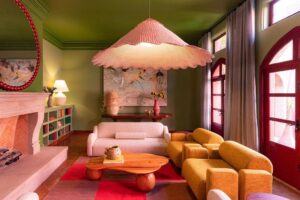
In today’s fast-paced, mass-produced world, there is a growing appreciation for the artistry, skill, and attention to detail that define traditional craftsmanship. In this section, we celebrate the timeless beauty of handcrafted goods and the importance of honoring time-honored techniques in interior design. By investing in pieces that are made with care and precision, homeowners can create spaces that feel imbued with a sense of history, authenticity, and soul.
One way to celebrate craftsmanship is by seeking out artisanal products and supporting local artisans and craftsmen. Whether it’s handcrafted furniture, ceramics, textiles, or artwork, incorporating handmade pieces into your home adds a sense of warmth, character, and individuality that cannot be replicated by mass-produced goods. By valuing the time, effort, and skill that goes into creating each piece, homeowners can create interiors that feel deeply personal and meaningful.
Moreover, embracing craftsmanship allows homeowners to connect with the stories and traditions behind the objects in their homes. Whether it’s learning about the techniques passed down through generations or meeting the artisans who bring their creations to life, embracing craftsmanship fosters a sense of connection and appreciation for the human ingenuity and creativity that defines traditional craft.
Conclusion
In the ever-changing world of interior design, one thing remains constant: the enduring appeal of classic design principles. From symmetry and simplicity to attention to detail and personalization, these timeless trends provide a solid foundation for creating interiors that stand the test of time. By embracing innovation, harmonizing tradition and innovation, infusing character, embracing eclecticism, bringing the outdoors in, and celebrating craftsmanship, homeowners can create spaces that feel both timeless and of the moment, reflecting their unique personalities, tastes, and values. So, as you embark on your decorating journey, remember to draw inspiration from the past while embracing the present, creating a home that resonates with timeless grace, style, and sophistication.
